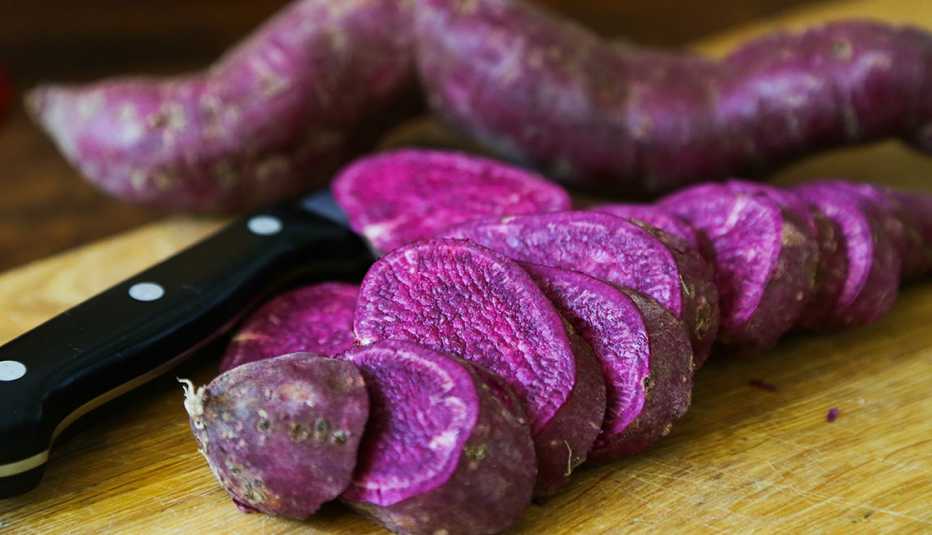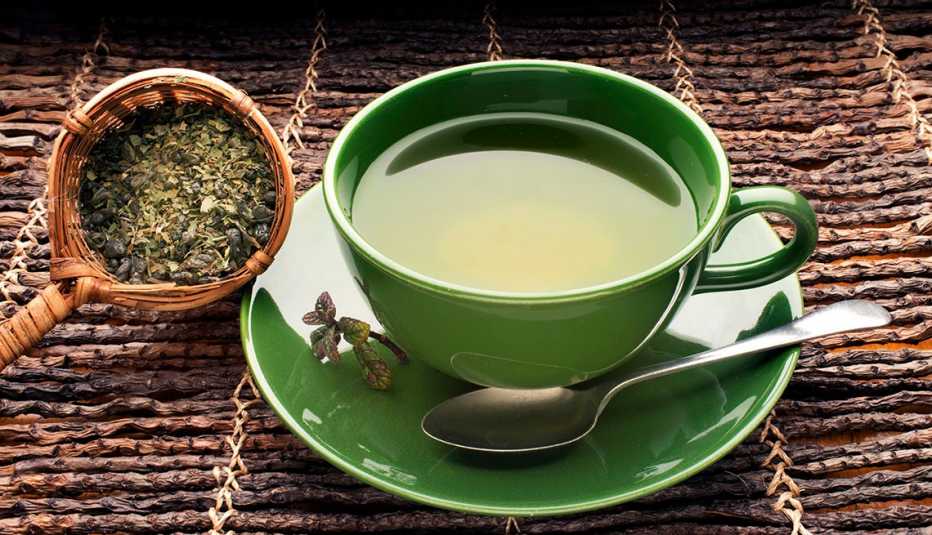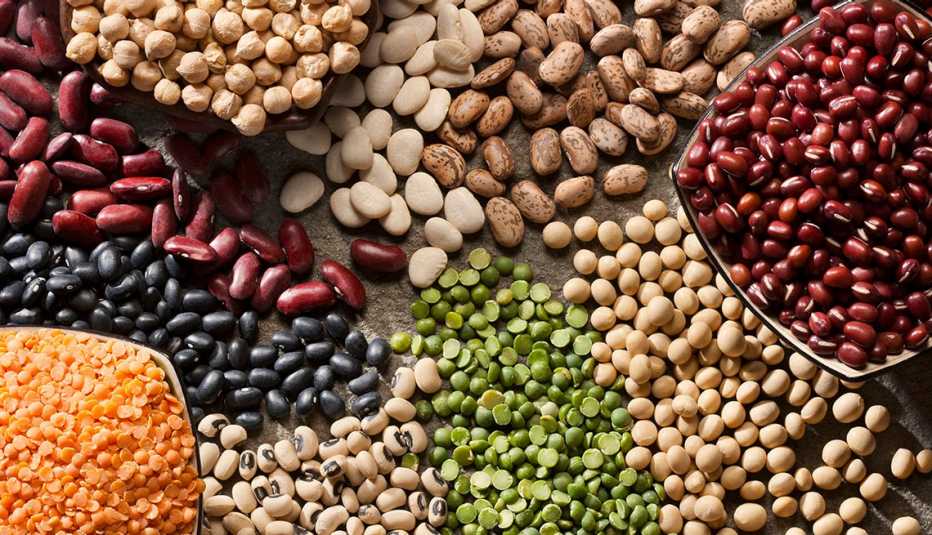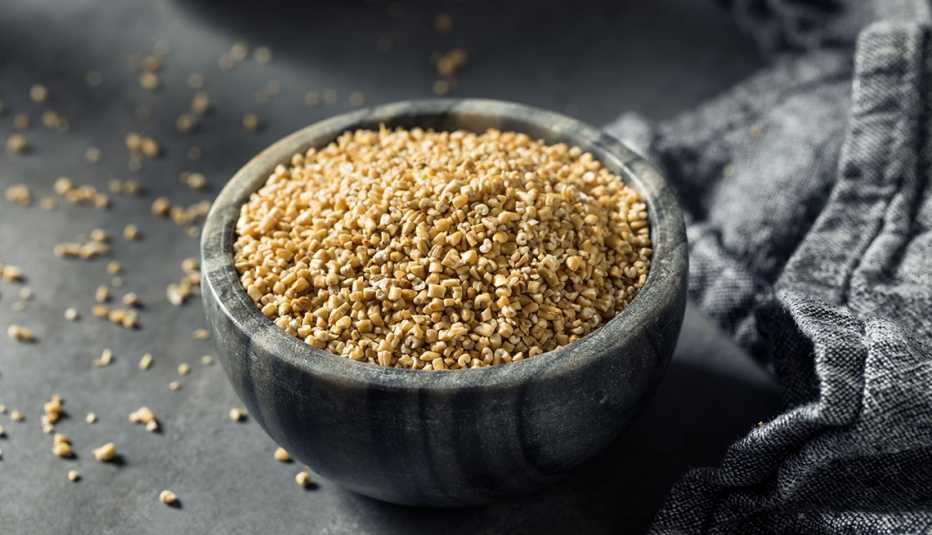Staying Fit


If you’ve ever eaten a giant bowl of cacio e pepe for lunch only to find yourself struggling to stay awake three hours later, you are not alone.
“Refined carbs, like pasta and bread, cause an immediate spike in blood sugar, which leads to a rapid rise in insulin, and then a swift plunge in blood sugar. This blood sugar roller coaster causes fatigue and drowsiness,” says Jeffrey Morrison, M.D., a New York City-based physician and certified nutritionist. The standard American diet of meat, cheese and highly refined, processed foods also destroys our gut and triggers inflammation throughout the body, sapping energy and health, according to longevity expert Dan Buettner, author of The Blue Zones Challenge.


AARP Membership— $12 for your first year when you sign up for Automatic Renewal
Get instant access to members-only products and hundreds of discounts, a free second membership, and a subscription to AARP the Magazine.
So, what do experts say you should eat when you need a quick boost of energy? In general, fiber-rich complex carbs (think whole grains and brightly colored, antioxidant-rich fruits and veggies) are your best bet, because they can easily be converted to glucose for energy but they don’t cause insulin levels to surge, says Morrison. If you’re looking for a more slow-and-steady kind of energy, consider adding some lean protein to that plate of healthy whole-food carbs. This will keep your blood sugar more stable (and bolster your self-discipline when confronted with a cupcake at 4 p.m.).
Of course, when it comes to energy, not all proteins are created equal. Buettner, who has exhaustively studied the eating behavior of the longest-living people around the world, emphasizes the importance of a mostly plant-based diet. His advice: Treat animal meat like a condiment. In Blue Zones — five places in the world where people don’t just live longer but are often active and relatively energetic well into their 90s — they eat very small portions of meat and fish, he says. If you are looking to increase your protein intake, he suggests grilling up some tofu: “Sauté it with some teriyaki sauce, and it tastes just like chicken.” Read on for five more energy-boosting superfoods.


Superfood No. 1: Purple Sweet Potatoes
The Japanese island of Okinawa has the highest concentration of centenarians in the world, and until 1970, two-thirds of their daily calories came from purple sweet potatoes, says Buettner. In addition to being high in fiber, these slow-burning complex carbs are loaded with energy-boosting phytonutrients. Their purple color comes from anthocyanins, the same free-radical-scavenging antioxidants that give blueberries their potent anti-inflammatory effect.




































































More on Health
Foods That Fight Inflammation
Choices that can help prevent everything from heart disease to type 2 diabetes7 Cancer-Fighting Superfoods
One food can't prevent the disease, but a nutrient-rich diet may lower your risk
7 Foods to Eat to Live Longer
These superfoods can help you stave off disease and remain healthier as you age